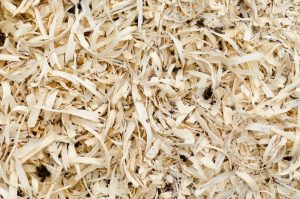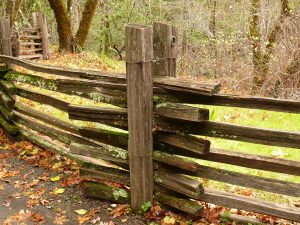Wood Waste Products
Wood Waste Product Categories:
Home Decor Furnishings and Art
Construction Materials
Energetic Conversion
There are many different types of wood waste and equally many products that can be made out of it. Not every type of wood waste is suitable for every process and application.
Wood size
Depending on the previous use, the origin, and the processes of reclaiming wood waste can be classified by its size.
It can range from very small particles that cannot be distinguished with the bare eye to large pieces that require a forklift to be moved.
- EXTRA SMALL- cannot visually distinguish individual particles
- SMALL- can easily see one particle with the naked eye
- MEDIUM- can be lifted and transported with by one person
- LARGE- can be lifted and transported with the aid of a forklift or crane

Quantity:
The use of wood waste in industrial processes is highly dependent on availability and supply. It can be distinguished between continuous processes that require a steady supply in large amounts and discontinuous processes that have less regular patterns of material use and lower quantities.
- LARGE- is defined in industrial terms (constant need to supply a continuous process)
- MEDIUM- operations that require a good amount of wood but not as great of an amount as for a continuous process
- SMALL- mostly individuals using little amounts of wood waste
Contamination:
The contamination of wood waste resources is critical to the value and future use. Contamination can occur when the wood is used combined with other materials in a product and it cant’ be completely separated at the end-of-life scenario. In the case of by-products, such as sawdust, contamination can occur during or after the production process.
- HIGH- contaminants that are not removable with basic/simple technology and is not economically feasible to separate with more advanced technology.
- MEDIUM- contaminants that can be removed with basic/simple technology (magnets for metal and screening for small particles)
- LOW- no visible contamination

Moisture Content:
The moisture content (MC) can affect the properties of wood waste in different ways. Where a low MC is required, i.e. application of adhesives to create a bond, excess moisture can affect the quality of the connection. Where dimensional stability plays a role, subsequent swelling and shrinking due to adsorption or desorption can alter the quality of the product. An important MC limit is the fiber saturation point (FSP), which is typically around 27 – 30 % MC. Above the FSP wood does not change its dimensions or mechanical properties. Below the FSP its properties change. High MCs promote the development of fungi and other microorganisms that can deteriorate the wood or affects its application.
- HIGH- 30% and above
- MEDIUM- 15.1% — 29.9%
- LOW- 0% — 15%
Value of Wood Waste
The value of wood waste is a function of supply and demand, with both of them driven by material properties, characteristics, and reliability. Any deviation from specific criteria can lower the value of wood waste.
- HIGH- if the wood waste is clean and composed of high-value species. If the buyers need a small amount of wood and will use more manpower to make the product.
- MEDIUM- if the wood waste is relatively clean and is composed of common species. If the buyers require a decent amount of wood and they are a medium-sized operation with medium operating costs.
- LOW- if the wood waste is contaminated and is composed of an abundant species. If the buyers need large amounts of wood and run a large operation.
Complexity
The degrees of processing and production vary among products that can be made from wood waste. Wood-based panel production requires numerous machines integrated into a continuous process. On the other side, some reclaimed wood can be processed using standard woodworking tools and equipment.
- HIGH- more steps involved, intensive labor, high inputs, lots of machines, possible chemical alteration
- MEDIUM- a decent amount of steps, a medium amount of manual labor, medium inputs, a good amount of machines, maybe some chemical and/or physical changes
- LOW- few steps, limited manual labor, basic machines, few inputs, possible physical changes